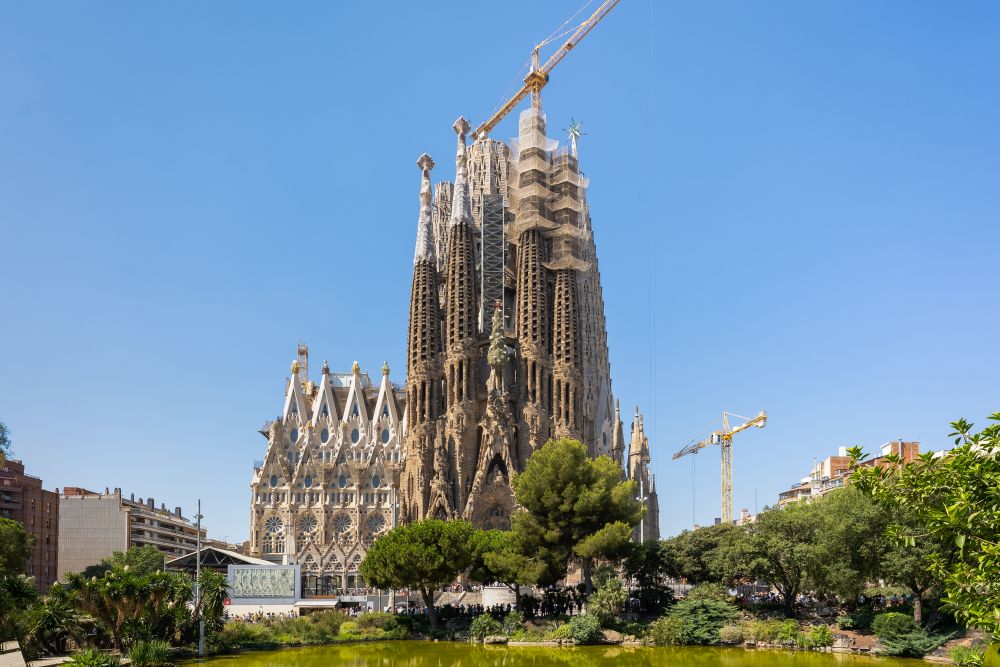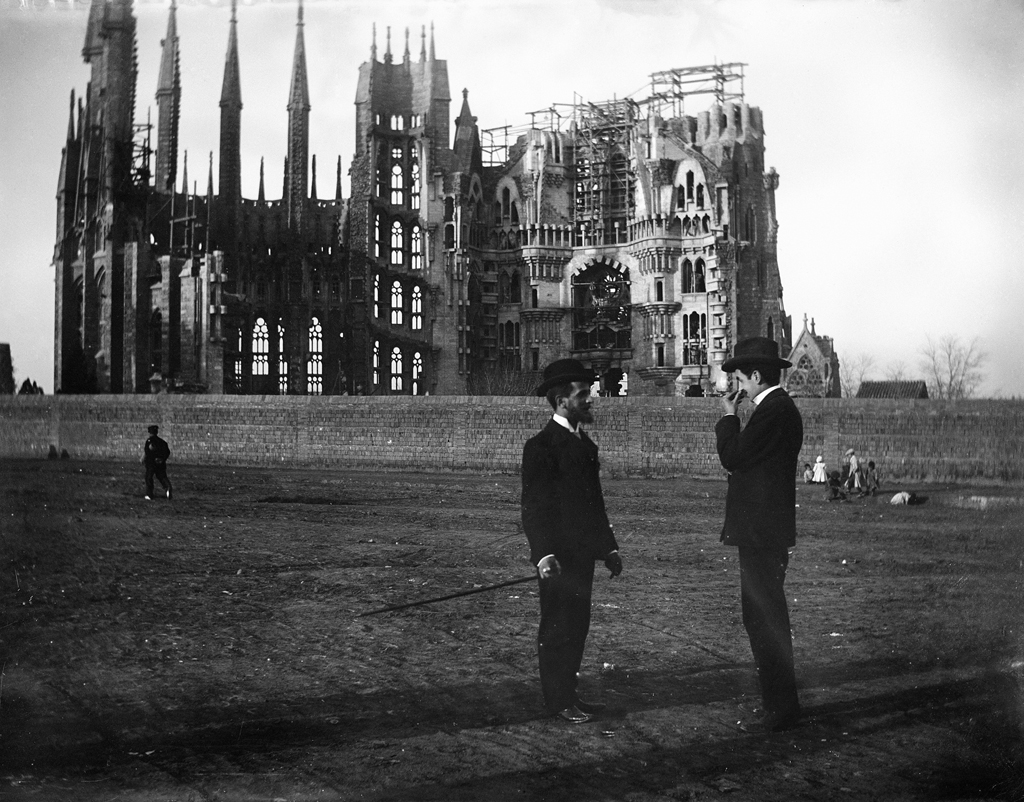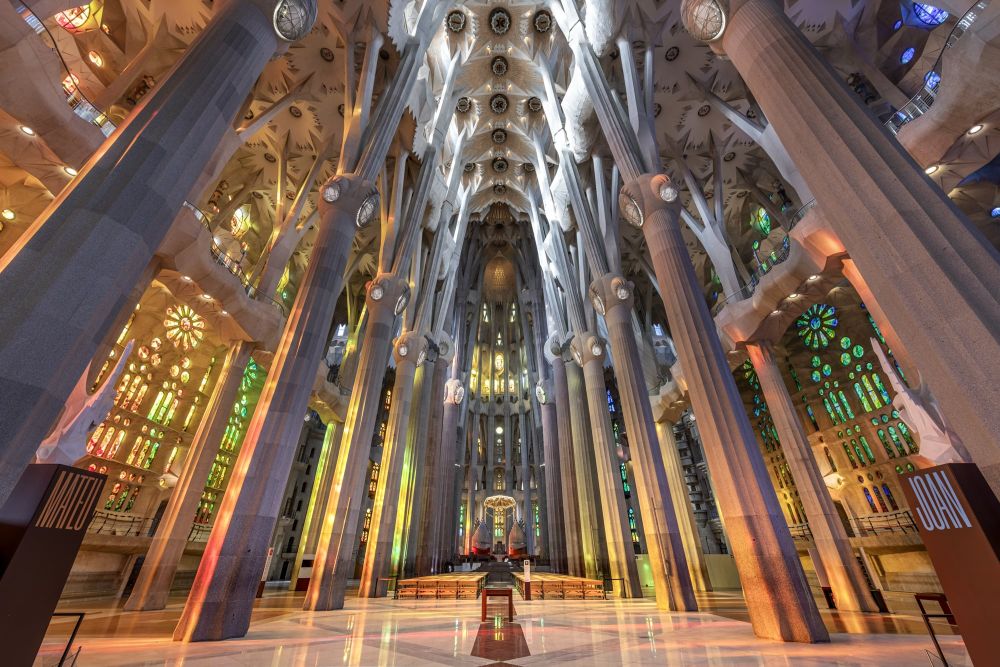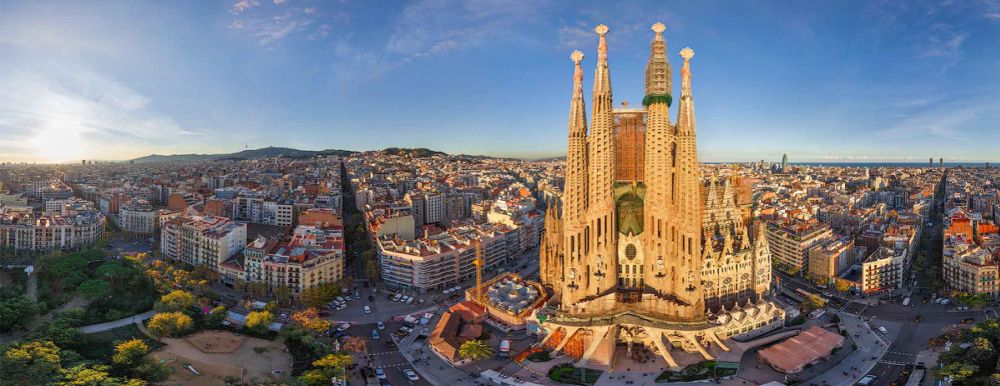Nestled in the heart of Barcelona, Spain, the Sagrada Família stands as a testament to human ingenuity and perseverance. After more than a century of construction, this architectural marvel has finally reached completion, marking a historic moment in the city’s skyline. The Sagrada Família, designed by the visionary architect Antoni Gaudí, has long captivated the world with its awe-inspiring beauty and intricate design. As the final pieces fell into place, the city of Barcelona and enthusiasts worldwide celebrated the culmination of a project that has endured through generations.

History : The history of the Sagrada Família is a tapestry woven with dedication and passion. Conceived in 1882, Gaudí took the helm of this ambitious project in 1883, infusing it with his distinctive style that melds nature, religion, and modernist architecture. Over the years, construction faced numerous challenges, from funding issues to the Spanish Civil War, which brought the work to a grinding halt. Gaudí himself never saw his masterpiece completed, passing away in 1926, but his successors carried the torch forward. The Sagrada Família became a symbol of resilience, a living legacy that surpassed the limitations of time and adversity.

Purpose : Beyond its sheer aesthetic brilliance, the Sagrada Família serves a profound purpose. Conceived as a basilica, the structure is a celebration of faith and a homage to the Holy Family. Gaudí envisioned a space that transcends the conventional boundaries of religious architecture, inviting people from all walks of life to experience a spiritual connection through art and design. The completion of the Sagrada Família signifies more than just the end of construction; it marks the beginning of a new era where locals and visitors alike can marvel at the culmination of human creativity and devotion. The basilica stands not only as a symbol of Barcelona but as a global treasure that beckons people to explore the intersection of spirituality and architectural brilliance.

Tourism Impact : The completion of the Sagrada Família has ushered in a new era for tourism in Barcelona, solidifying the city’s position as a global cultural destination. The basilica’s majestic presence has become a magnetic force, drawing millions of visitors annually who seek to witness the harmonious blend of Gaudí’s visionary architecture and the centuries-old traditions it represents. This influx of tourism has not only bolstered the local economy but also sparked a reevaluation of Barcelona as a city beyond its sun-soaked beaches and vibrant nightlife. The Sagrada Família stands as a cultural beacon, prompting tourists to delve deeper into the rich history and artistic legacy of this Catalonian gem. As visitors explore the city, they discover a tapestry woven with the threads of medieval streets, modernist wonders, and a profound connection to its architectural past. In completing the Sagrada Família, Barcelona has not just unveiled a masterpiece; it has opened the doors to a renewed appreciation for the city’s cultural identity, inviting travelers to immerse themselves in its captivating narrative.

In the heart of Barcelona, the completed Sagrada Família beckons as a testament to human perseverance and artistic brilliance. This architectural masterpiece not only transforms the city’s skyline but elevates Barcelona as a global cultural treasure. The basilica’s impact on tourism injects vibrancy into the local economy, while its completion sparks a renewed appreciation for the city’s historical and artistic identity. As visitors from around the world flock to witness this awe-inspiring achievement, Barcelona emerges as a timeless destination, seamlessly blending tradition and innovation.

